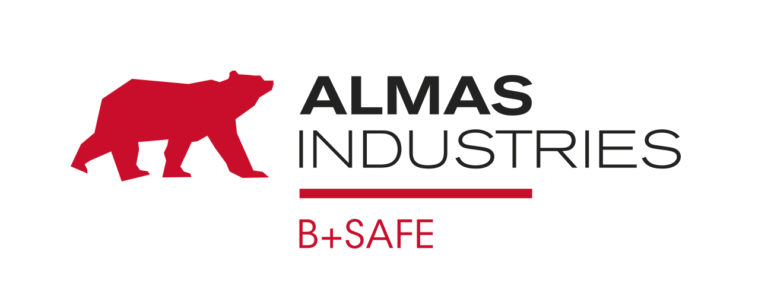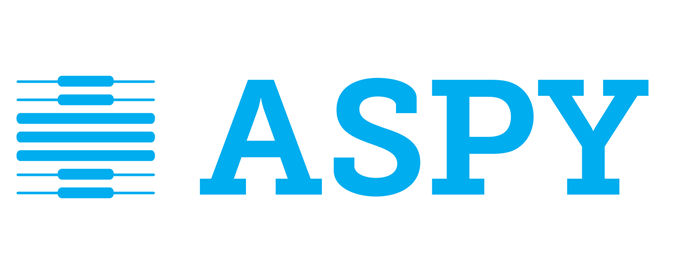Teresa Jordà, Regional Minister for Climate Action, Food and Rural Agenda, has highly valued the effect of the prevention strategies and measures during the fire that took place during the weekend of July 17 and 18 between Llançà and Port de la Jungle. In statements to El Punt Avui, Jordà stated specifically that the protection strips and the grass areas had “prevented the progression of the fire and the destruction of houses.” “Without strips or pastures, instead of 400 hectares we would have burned more than 3,000.”
This is the messsage of Interovic, and Provacuno.
A system endorsed by the centuries
Although global warming is a major concern today, forest fires have always been a source of concern for society. The forest is a source of wealth that has contributed to the subsistence of many rural trades, many of which are today on the verge of disappearance. The lack of generational change and the harsh conditions are a handicap when it comes to its renewal.
Sheep and goat farming has traditionally been an ally in forest fire prevention efforts. During their transfer at the orders of the shepherds, the flocks of sheep and goats have cleared the countryside, forests and roads of threats to the flora. The good management of the ranchers has turned dangerous elements such as weeds, the remains generated by agricultural work or stubble into a precious resource. These plant species pose a threat when overgrown.
Up to three kilos per day
With the arrival of high temperatures and the dry season, these species cannot survive and dry out in the sun. In this way, they form a carpet that covers the ground and is ready to burn on contact with the first spark. When this cover is generated, the speed and scope of the flames multiplies when the fire occurs. Their presence makes extinguishing work difficult due to the exponential multiplication of the active fire surface.
Faced with extinction efforts, which put human lives at risk, prevention efforts allow reducing the potential risk of fires as has always been done: transferring sheep and goats where they are needed. These animals help by ingesting, in a single day, between 1.5 and 2.5 kg of dry plant matter per day (350 to 1500 g of leaves and bush shoots) when we talk about adult goats. In the case of sheep heads, this amount ranges between 2 and 3 kg of dry matter daily (scrub and woody species).












